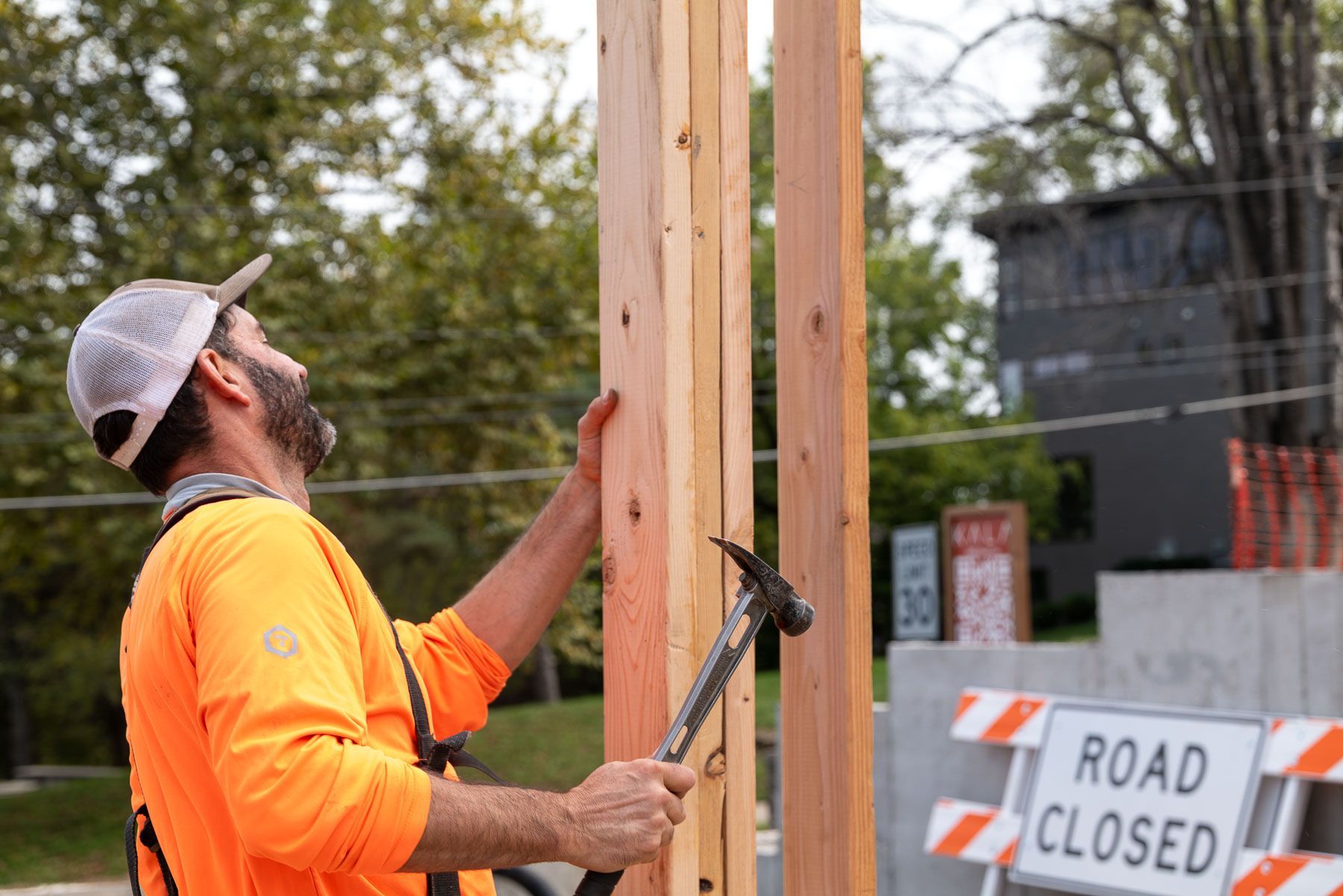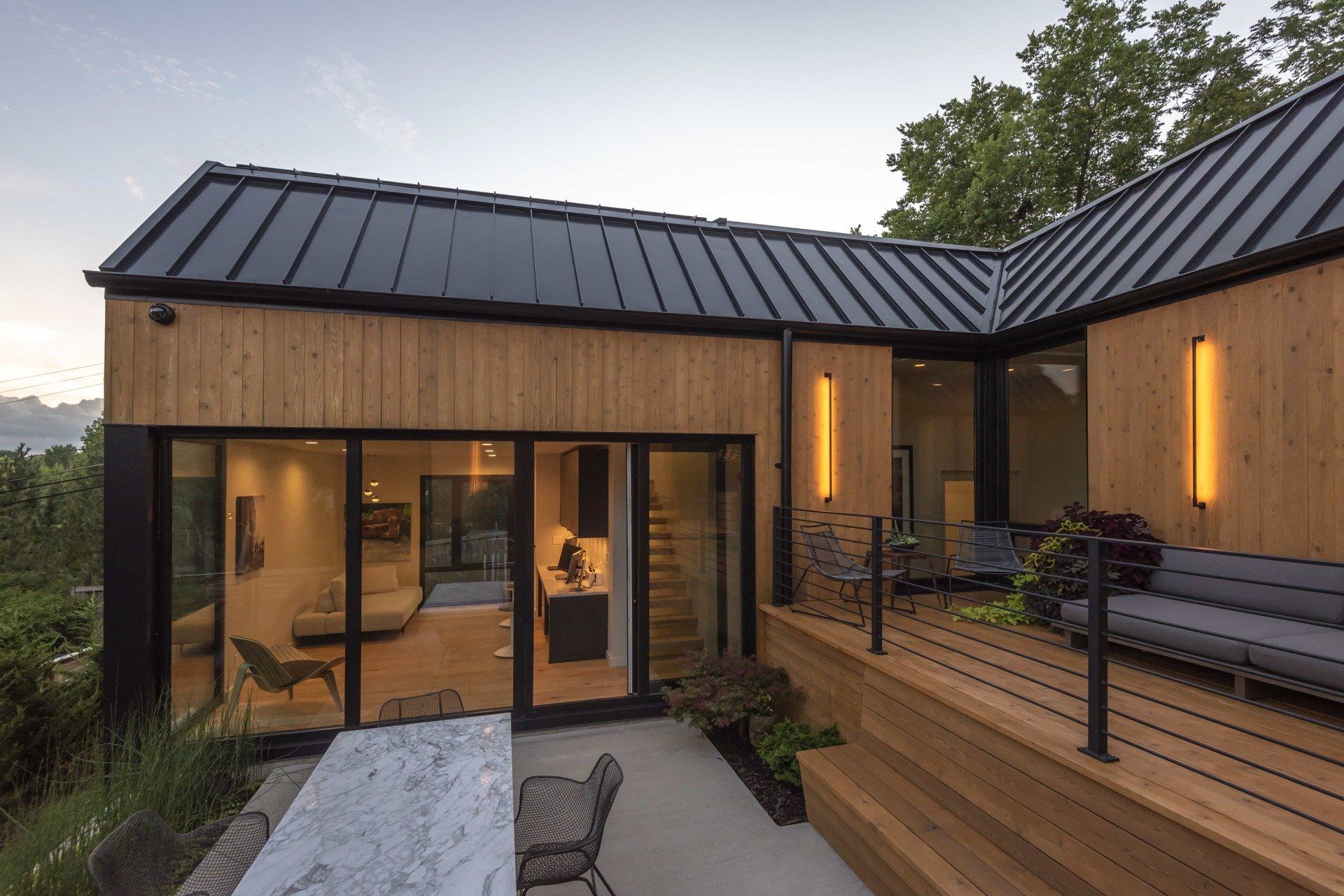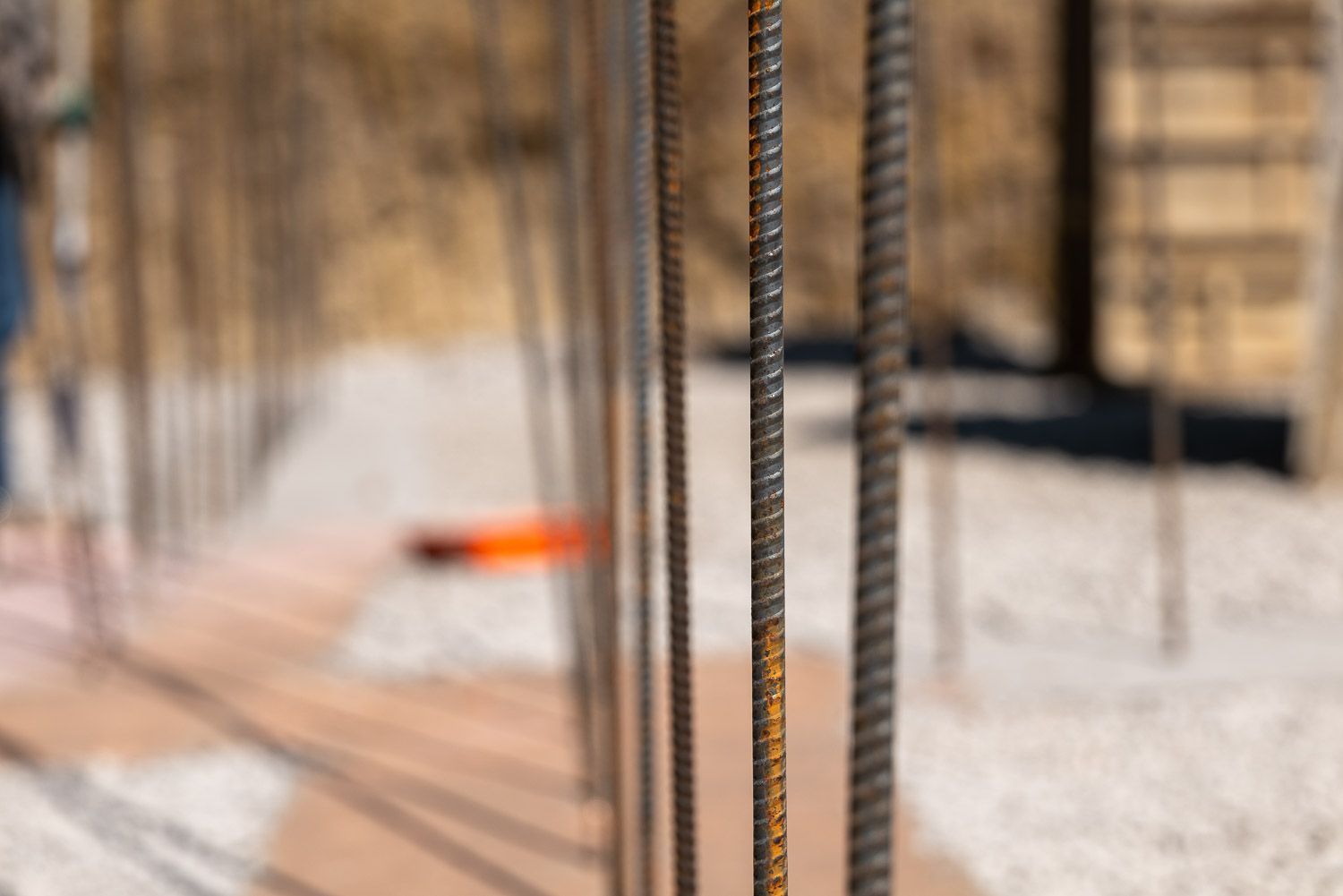How Passive House Building Redefines Luxury and Value

Redefining Luxury with Passive House Principles
As soon as suburban neighborhoods started springing up in the 1950s, the ways that American homeowners defined luxury and value changed. While the architectural design of folks like Frank Lloyd Wright continued to be appreciated, the craftsmanship that was at the heart of house building beforehand became an afterthought as people pursued bigger floor plans and high-end finishes. Passive House construction offers a different way to define both luxury and value, combining the best of building science and a throwback to the days when homes were built to last.
Are Bigger Houses Better?
One of the most common ways to define the luxury of a home is its square footage. The average size of a new single-family home ballooned from 909 square feet in 1949 to 2,480 in 2021, according to an article by American Home Shield. While this increase is staggering, the biggest issue is the plethora of McMansions, homes over 4,000 sqft that aren't built to last. Assembly line-like construction methods, building on cheaper land away from traditional city and town centers, and the widespread use of low-end, mass-produced materials allowed builders to offer larger houses at relatively low prices. A big-box supermarket mentality of getting as many square feet as possible for the least amount of money became the definition of “value” for many homebuyers in suburbs and beyond.
This square footage arms race is a factor at the upper end of the housing market too. Though recent rises in interest rates and signs of an economic downturn have slowed home sales, the past few years have seen an upward trend in luxury home sales overall. Houses priced between $750,000 and $1 million increased by 66 percent from February 2020 to 2021, while those costing over a million went up by 81 percent in the same period, according to National Association of Realtors statistics included in a story in USA Today.
“As wealthy Americans took advantage of cheap mortgages, increased savings and the ability to work from home during the pandemic, their demand for bigger homes and million-dollar listings outpaced sales of homes across all other price ranges,” the writer stated.
Fancy Finishes vs Quality Construction
The USA Today article defined “luxury” purely by the price point of homes, even though this varies significantly between different cities and states across the country. A million dollars might buy you a mansion in the rural South, whereas you’d be stuck condo shopping for the same amount in the pricey New York or San Francisco markets. Nevertheless, it seems that if someone pays a lot for their house, it’s considered to be a luxury purchase, regardless of how well it’s constructed or how long it’s designed to last.
Another way that builders have convinced customers that they’re getting a luxury home is by offering options that show well in listing photos and walkthroughs, whether that’s granite and quartz countertops, high-end appliances, and, more recently, tech features like app-controlled thermostats and video-equipped doorbells.
There’s nothing wrong with such features, but all too often, they’re prioritized over construction quality. The major differentiators in a Passive House happen before the finishes are installed. While fancy finishes can certainly impact the experience of a home, the details of a high performance wall can give real, concrete improvements in your overall quality of life.
The growth of the home repair industry into a multibillion-dollar market illustrates that as square footage has risen and options have become more sophisticated, build quality has unfortunately declined.
The Luxury of Comfort and Health
The progression of high-performance home building offers a different way to define both luxury and value. This starts with providing all-day, year-round comfort by keeping every room of the home at a pleasant temperature and humidity level. In a regular house, this requires noisy, inefficient furnaces and air conditioners to run constantly, but in a Passive House, it’s accomplished silently and efficiently with heat pumps and an ERV system.
A true luxury home should also
help your family stay healthy. Passive ventilation brings fresh, filtered air in and takes pollutants, pet dander, and allergens out. This increases air quality and
alleviates allergy and asthma symptoms. The use of non-toxic materials promotes a healthier indoor environment. While your cozy haven is separated from external elements and noise by thick, continuously insulated walls, a Passive House also connects you to the outdoors through thoughtfully placed, south-facing windows. A cliché of luxury is a million-dollar mountain or ocean view, but in high-performance construction, every home is oriented to take full advantage of whatever natural surroundings your location offers and welcome in ample natural light.
Prioritizing Sustainability and Durability
In recent years, electric vehicles have become must-have items because they’re exquisitely designed and better for the planet. So why not also prioritize beauty and sustainability in your home? Passive House principles such as an air-sealed and watertight building envelope, high-performance glazing, and thermal regulation enable you to heat, cool, and power your home with a fraction of the energy required by a traditional home. This reduces both your environmental impact and protects you from rising utility bills.
A luxury home shouldn’t just look good the day you move in, but also age well over the years. Passive House standards ensure
a more durable dwelling that lowers the cost of ownership by reducing maintenance expenses and lasting for decades. This combination of comfort, health, sustainability, and durability should be the new definition of value and luxury. A high-performance, better-built home provides more peace of mind and greater quality of life than square footage or superficial finishes alone ever could.







